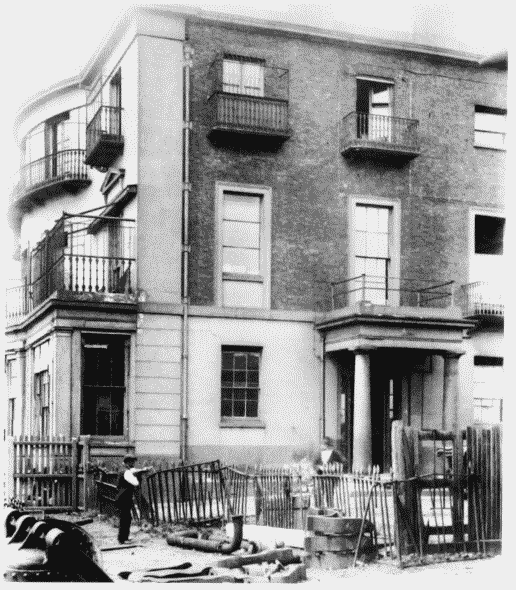Survey of London: Volumes 43 and 44, Poplar, Blackwall and Isle of Dogs. Originally published by London County Council, London, 1994.
This free content was digitised by double rekeying. All rights reserved.
'Plate 121: Brunswick Wharf', in Survey of London: Volumes 43 and 44, Poplar, Blackwall and Isle of Dogs, ed. Hermione Hobhouse (London, 1994), British History Online https://prod.british-history.ac.uk/survey-london/vols43-4/plate-121 [accessed 24 February 2025].
'Plate 121: Brunswick Wharf', in Survey of London: Volumes 43 and 44, Poplar, Blackwall and Isle of Dogs. Edited by Hermione Hobhouse (London, 1994), British History Online, accessed February 24, 2025, https://prod.british-history.ac.uk/survey-london/vols43-4/plate-121.
"Plate 121: Brunswick Wharf". Survey of London: Volumes 43 and 44, Poplar, Blackwall and Isle of Dogs. Ed. Hermione Hobhouse (London, 1994), British History Online. Web. 24 February 2025. https://prod.british-history.ac.uk/survey-london/vols43-4/plate-121.
In this section
Brunswick Wharef. Developed 1833–4, James Walker, architect and engineer.
All demolished
a. Shed-warehouse, built 1834, in August 1947 (p. 597)

Brunswick Wharf
Shed-warehouse, built 1834, in August 1947 (p. 597)
b. Brunswick Hotel, built 1833–4, in 1930 (pp. 596–7)

Brunswick Wharf
Brunswick Hotel, built 1833–4, in 1930 (pp. 596–7)
c. Part of the iron-plated river wall in July 1903, after its partial collapse (pp. 593–4)

Brunswick Wharf
Part of the iron-plated river wall in July 1903, after its partial collapse (pp. 593–4)
